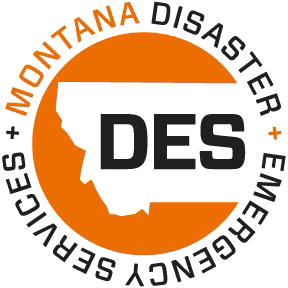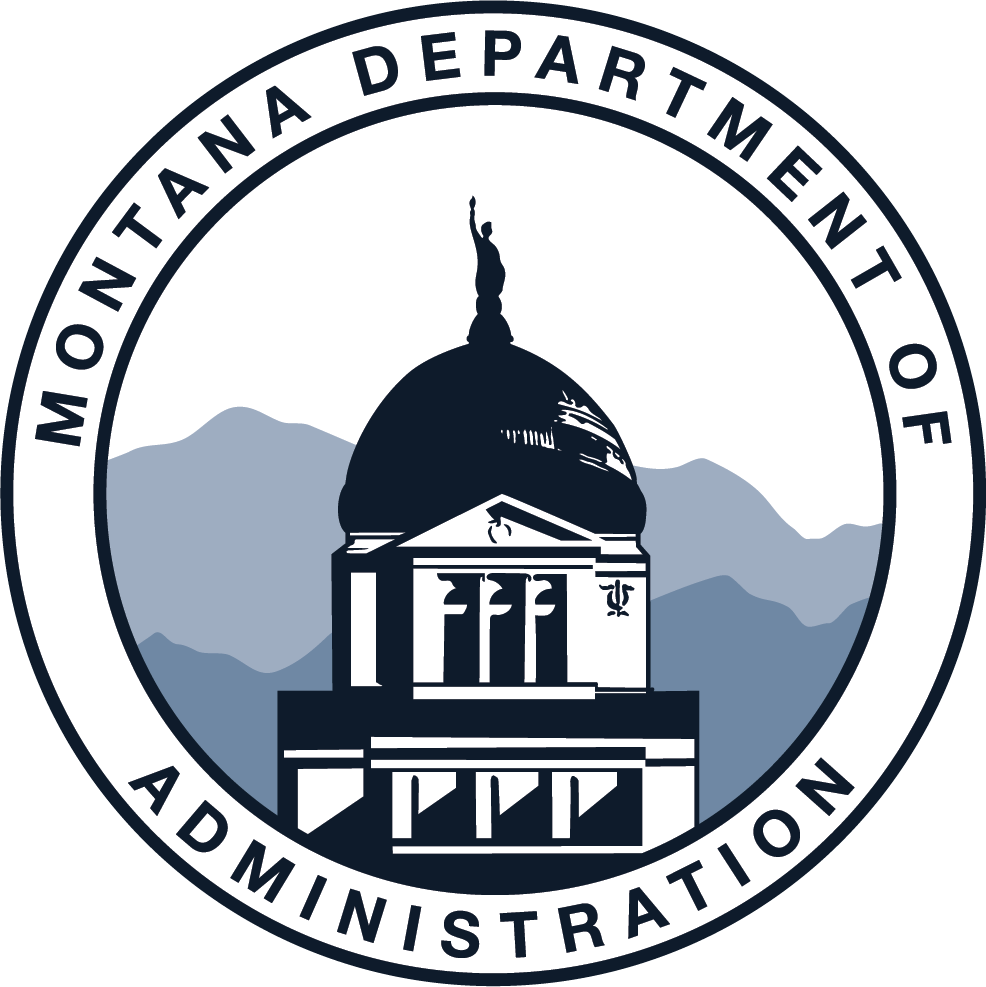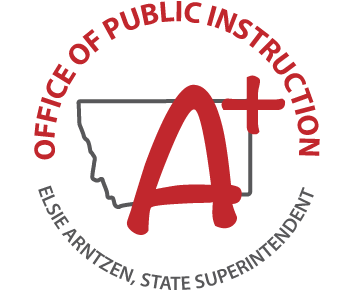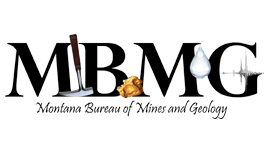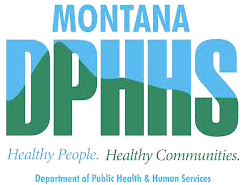- ▾ Other ShakeOuts ▾
- Alaska
- American Samoa
- Arizona
- British Columbia
- California
- Central U.S. (AL AR IA IL IN KS KY LA MO MS NE OH OK TN)
- CNMI
- Colorado
- Guam
- Hawaii
- Idaho
- Japan
- Montana
- Nevada
- New Mexico
- New Zealand
- NorthEast U.S. (CT MA ME NH NJ NY PA RI VT)
- Oregon
- Puerto Rico
- Quebec & Eastern Ontario
- SouthEast U.S. (DC DE FL GA MD NC SC VA WV)
- Texas
- Upper MidWest U.S. (MI MN ND SD WI)
- U.S. Virgin Islands
- Utah
- Washington State
- Wyoming
- Yukon
- Other Countries

Northeastern Montana
Montana is one of the most seismically-active states in the United States. Montana’s earthquake activity is concentrated mostly in the mountainous western third of the state, which lies within the Intermountain Seismic Belt. This belt includes at least 45 potentially active faults in Montana and has been the site of two of the largest historic earthquakes in the Rocky Mountains, the August 18, 1959 Hebgen Lake, Montana earthquake (magnitude 7.3) and the October 28, 1983 Borah Peak, Idaho earthquake (magnitude 6.9).
Although it has been over five decades since the last destructive earthquake in Montana, small earthquakes are common in the region, occurring at an average rate of 4-5 earthquakes per day.
A great earthquake (magnitude 8.0 or greater) is not likely in Montana, but major earthquakes with magnitudes as large as 7.5 may occur in the state.
The Earthquake Hazard & Northeastern Montana
Many people associate faults with physical geography, such as ridges, mountains, and canyons, but this is not always the case. On May 15, 1909, a magnitude 5.3 earthquake struck near Scobey, in northeastern Montana. This earthquake was felt throughout eastern Montana, the Dakotas, and southern Canada. No major damage was reported.
On June 24, 1943 in Froid, Montana, an earthquake struck with a magnitude estimated in the 4.0-4.5 range. The earthquake shook the ground and cracked a grain silo, causing the grain to spill. Minor plaster and chimney damage was reported in outlying areas.
Occasional small to moderate magnitude earthquakes continue to occur in northeastern Montana, including a magnitude 3.9 on September 5, 1975, a magnitude 3.8 on July 28, 1998 and most recently, a 3.8 on February 25, 2014, all in Roosevelt County. A magnitude 4.1 earthquake on November 26, 2007 occurred in Fergus County south of Grass Range. A fault trends northeastward for approximately 40 miles from the town of Brockton to near the eastern side of Medicine Lake. The so-called Brockton-Froid fault zone has not been studied in detail so its potential for generating a significant future earthquake remains unknown but the proximity of recent minor earthquakes raises the possibility this this fault may be potentially active.
Adapted from the 2010 Update to the State of Montana Multi-Hazard Mitigation Plan and Statewide Hazard Assessment and the USGS Earthquake Hazards Program.
Please visit the following links for more information on earthquake hazards and preparedness:
Governor’s Office of Community Service: Ready Montana
Lewis & Clark County Earthquake Hazards: 1935 Helena Earthquakes
Montana Bureau of Mines and Geology: Earthquake Studies
Personalizing the Earthquake Threat
State of Montana Disaster and Emergency Services
Montana Mitigation Plan
Let's Mitigate Montana
USGS Montana Earthquake Information
Montana Earthquake Hazards
PARTICIPANTS
people are currently registered to participate in this year's Great Montana ShakeOut Drill.
are from Northeastern Montana
Number of Montana participants in each category
View names of participants:
